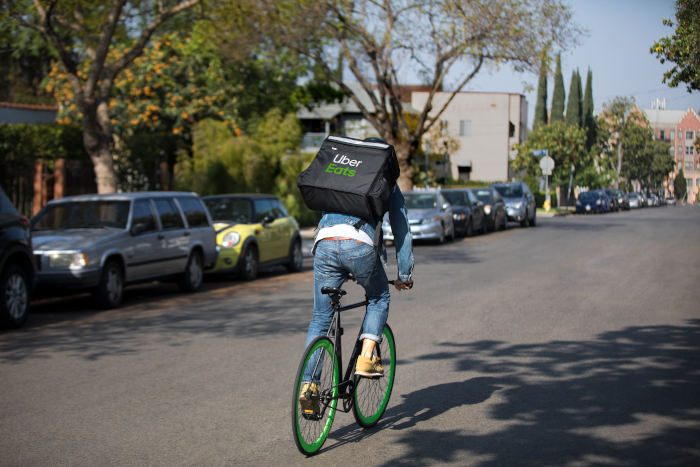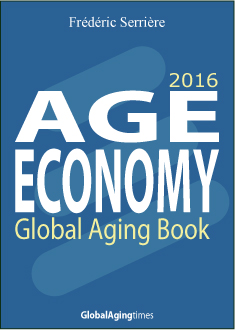Uber is testing a track to expand its business in Japan with the employment of older adults in its delivery service, UberEATS.
Bloomberg reports that Dara Khosrowshahi, CEO of Uber, said UberEATS has been a huge access for the company to Japan, offering an unusual way to enter the country. He says older people in Japan are the most eager to drive and make deliveries of UberEATS in its market.
President and CEO Dara Khosrowshahi was in Japan in July 2019 to highlight the importance of the market, where the San Francisco-based company has developed a growing food distribution business, but has limited travel to only black car rentals and taxis.
Japan is also home to Uber’s largest shareholder, SoftBank Group Corp., and Khosrowshahi plans to increase staff over the next year.
“Older people are signing up to be meal messengers,” Khosrowshahi said.
Uber Eats is a convenience food delivery service created by the founders of Uber. It works through a mobile application and a website, and is available in several countries around the world.
This service is present all over the world: North America, South America, Europe, Australia, Asia and some cities in Africa.
Who is Uber Easts?
Uber Eats is an ecommerce platform that offers meal delivery to partner restaurants. The partner restaurants are selected by the platform that manages the Uber Eats service. The cost of the service is billed to the end customer. In addition, the platform takes a commission of 30% on average on the invoice generated by the partner restaurant.
The deliverymen (by bike, scooter or car) employed by the Uber Eats service are compensated for the race performed and according to the distance of the latter. They are autoentrepreneurs, sometimes subject to an obligation to display the brand and follow their route.
The ageing of the population
Japan’s aging is above all other nations, with Japan being expected to have the highest proportion of older people. Japan is experiencing a society of “super aging”, both in rural and urban areas. According to 2014 estimates, 33.0% of the Japanese population is over the age of 60, 25.9% is 65 years of age or older and 12.5% is 75 years of age or older. In Japan, people aged 65 and over make up a quarter of their total population, and are expected to reach one-third by 2050.
In Japan, the post-war baby boom was observed between 1947 and 1949. The 1948 [Clarification needed] law facilitated access to abortions, followed by a prolonged period of low fertility, resulting in aging. of the Japanese population. The dramatic aging of Japanese society due to fertility rates below replacement rate and high life expectancy is expected to continue.
The population of Japan started to decline in 2011. In 2014, its population was estimated at 127 million. this figure is expected to fall to 107 million (16%) by 2040 and 97 million (24%) by 2050 if the current demographic trend continues.


